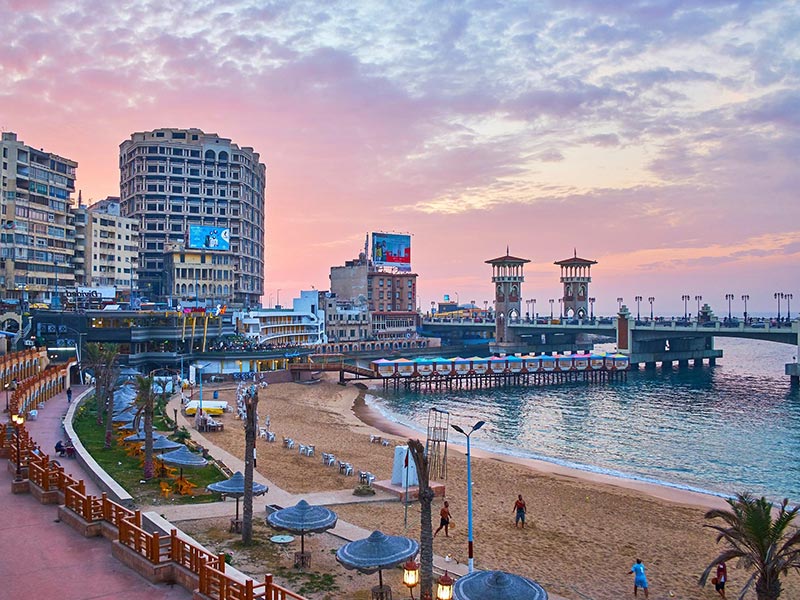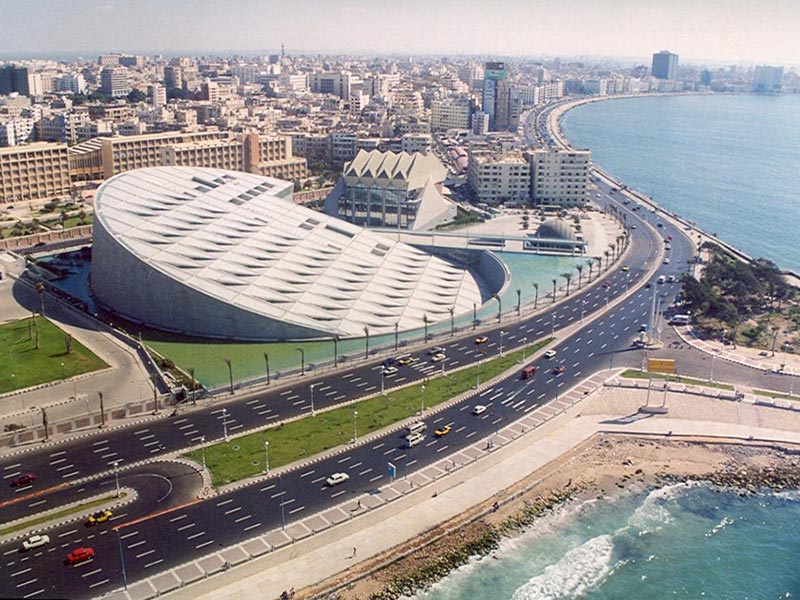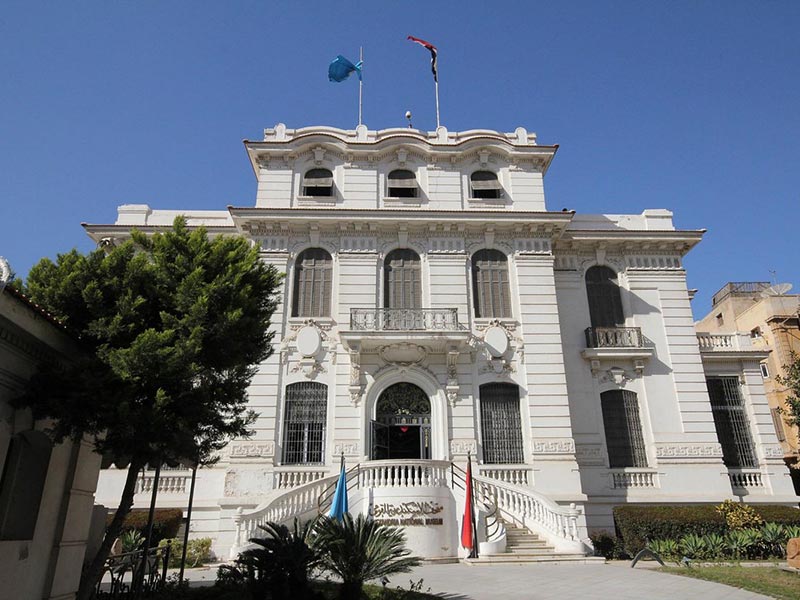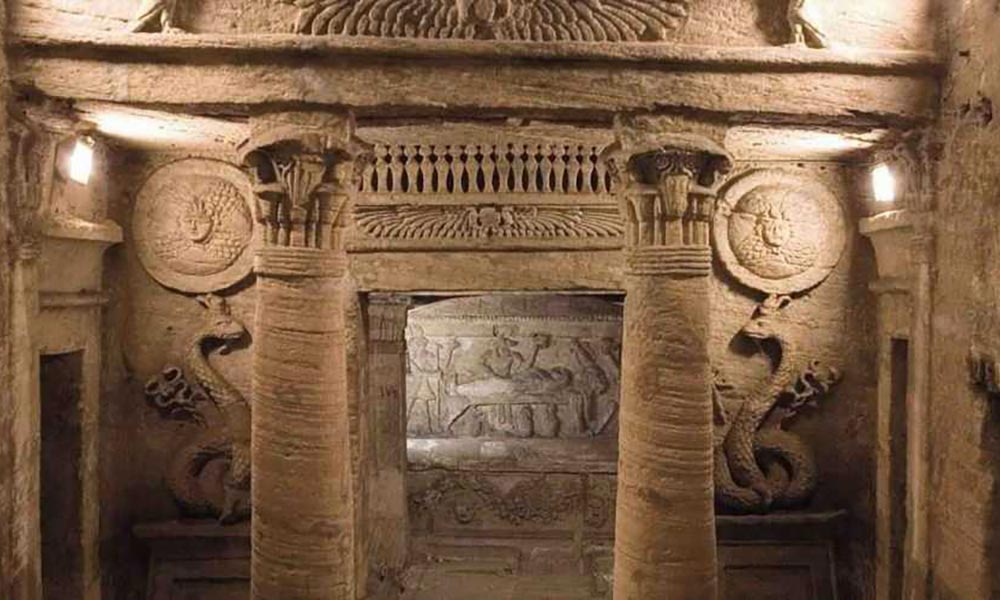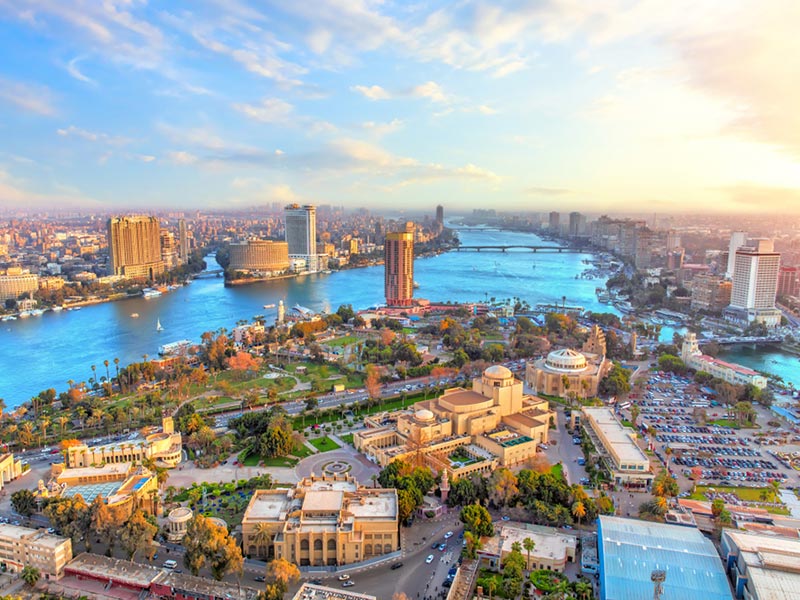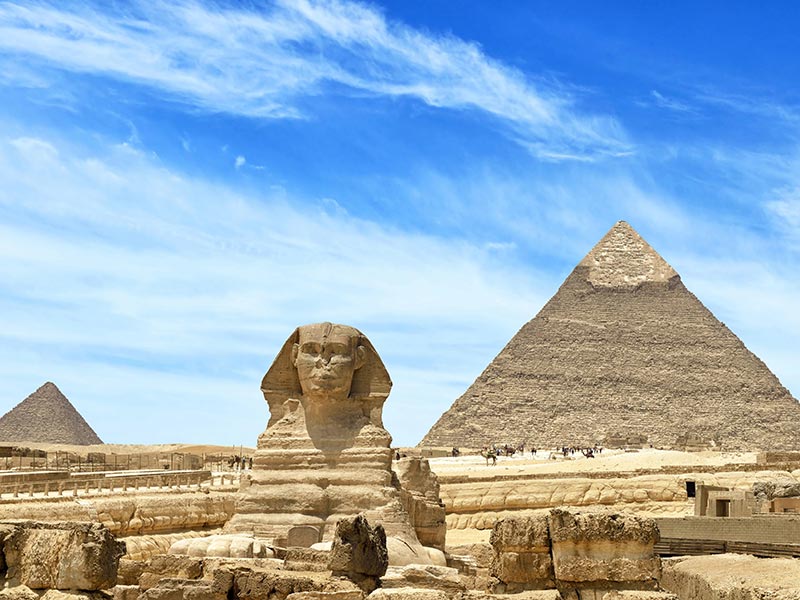Alexandria
- Egypt Distinations
Egypt's largest city and home to the urban muḥāfaẓah (governorate) is Alexandria. Alexandria, formerly one of the greatest cities in the Mediterranean and a hub of Greek education and science, served as Egypt's capital from its establishment by Alexander the Great in 332 BCE until its fall to ſAmr ibn al-ʿĀṣ's Arab armies in 642 CE. Alexandria, one of Egypt's biggest cities, serves as both the country's main seaport and a significant industrial hub. Approximately 114 miles (183 km) northwest of Cairo in Lower Egypt, the city is situated on the Mediterranean Sea at the western side of the Nile River delta. Area city: 300 square kilometers, or 116 square miles.
